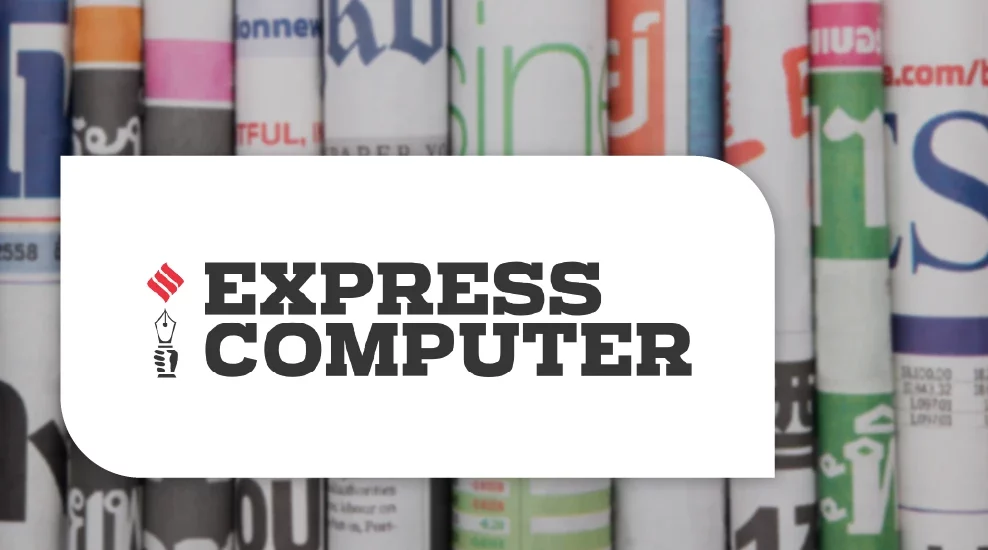2023 Dawns with Limitless Possibilities to Manage Employee Experience
- February 28, 2023
- Posted by: AscentHR
- Categories: Authored Article, In the Press

Published in
The farewell of 2022 was packed with more challenges and acceptances after two years of the existential crisis of the pandemic. Behavioural change is one of the most apparent trends in today’s world. Most employees expect flexibility with when and where they work. HR the world over is busy revising playbooks, shaping culture, and managing employee expectations in all these situations. Technology has parallelly advanced by leaps and bounds, allowing organisations to employ tools and technologies to enhance employee experience.
The work environment is changing rapidly, and there is no doubt that the ’employee experience’ in 2023 will be completely different than in 2022. The use of artificial intelligence, virtual reality, and other technologies will be paramount in creating an environment that is both productive and rewarding.
The options to adapt specialised tools and technologies for improving employee experience could be homegrown, outsourced, or a clever combination of both to ease business overheads. The potential of AI and NLP can be harnessed to create personalised experiences for employees. By tracking employee progress, organisations can provide tailored development opportunities that meet the individual needs of each employee. AI can also monitor employee engagement and performance, helping organisations identify areas for improvement and address issues quickly.
In 2023, organisations could improve the bottom line with more employee-centric policies around flexible work, employee well-being, prioritising focus on skill over experience, soft skills, and on well-rounded growth of employees. For these to be successful, organisations must be able to explain their plans for different business operations accurately and formulate policies and standard operating procedures (SOPs). Needless to say, SOPs must have clear metrics to monitor and manage the outcomes.
Here are a few tips to keep in mind in 2023 while managing employees.
1. Identifying and Addressing the Causes of Employee Disengagement: The Great Resignation and quiet quitting during the pandemic have revealed deep-seated disengagement, with gaps and shortcomings in areas such as organisational support, work-life balance, and well-being. Therefore, leaders must now strive to identify the underlying causes of disengagement and develop new methods to keep employees engaged and satisfied.
2. From a fragmented culture to a unified culture: Cultural fragmentation became more common in 2022, and it could be effective depending on the circumstances. However, it can ruin a business when the company’s culture isn’t unified. While a fragmented culture can work for small companies or independent teams, most organisations would benefit from having everyone aligned with the company’s culture and goals. Trust is crucial to strengthening the culture. Creating a culture of openness across the organisation becomes a vital imperative. The problem is rigidity around the sub-cultures and not differences. Questioning how you do things is effective leadership that can improve and unify the company culture. You can revisit your methods to see if they still resonate.
3. To rebuild and balance: Since the second quarter of 2022, many companies have brought their employees to the office either full-time or in a hybrid arrangement, a clear indication of the desire to return to pre-pandemic levels of business performance. Nevertheless, as employees readjust to “normalcy,” they may be experiencing a plateau in their drive for productivity, and a shift in their priorities, posing a challenge for employers in finding a balance in 2023. To bring balance, companies should focus on making employees feel enthusiastic by giving them proper facilities and incentives that will encourage them to come to the office.
4. Employee Well-being: Setting New Expectations: Leaders should move away from employee assistance programmes and mental health days that offer mere reactive support and instead move towards more comprehensive, long-term, end-to-end support. They should empower managers to become mental health champions within their teams and provide them with resources to guide them in conducting mental health conversations. Additionally, leaders should consider implementing a more holistic measurement of employee well-being that incorporates burnout levels and an individual’s ability to cope with challenges.
Technologies can help to foster a more positive and productive work environment, leading to improved employee engagement and performance. Technologies such as AI and NLP transform how businesses interact with their employees. Organisations can create a more effective, engaging, and rewarding employee experience by leveraging the potential of these technologies. By automating specific tasks, creating personalised learning experiences, and monitoring employee sentiment, organisations can create a more rewarding workplace for their employees.
Leveraging technology to manage EX has become the new norm. There are limitless opportunities to leverage mature technologies. Solution providers invest in either homegrown tech solutions or strategic acquisitions to be able to meet the future of EX management demands. Clarity on the expectations and well-defined metrics will only help deliver superior EX and realise productivity gains. Companies will also focus on creating ethical and sustainable workplaces and will strive to provide employees with equal opportunities regardless of race, gender, or other factors.
By Prabhakar S. VP, Growth Initiatives, AscentHR

